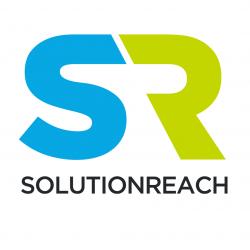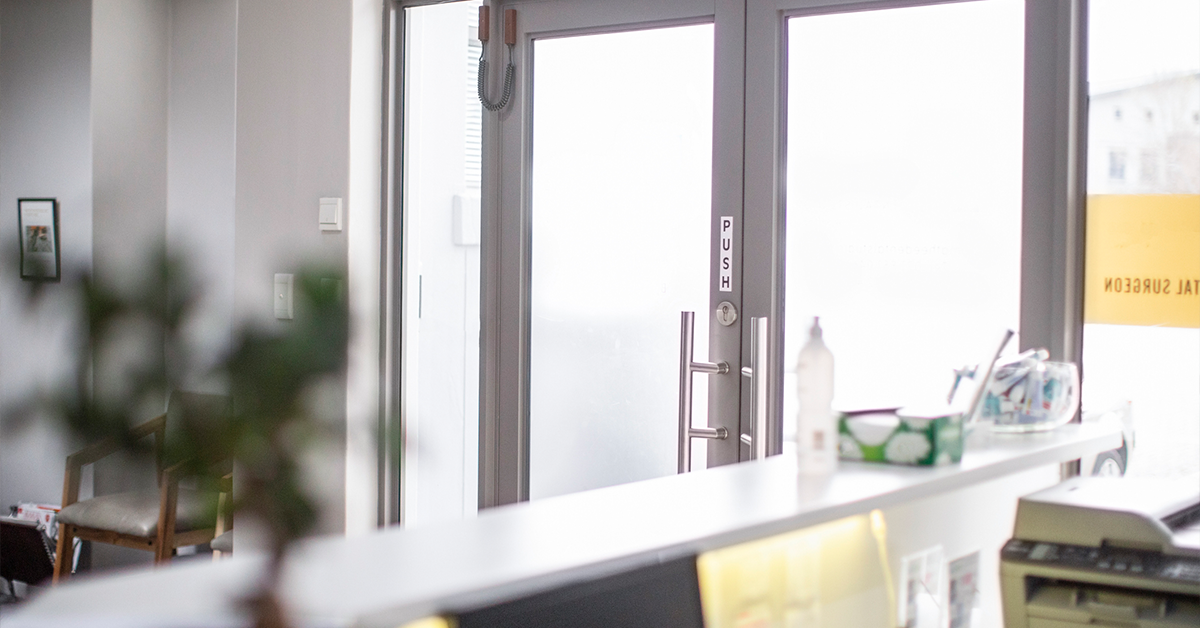Dunnnn dun, dunnnn dunn, dunn dun, dunn dun, dun dun, dun dun … Just when you thought your schedule was safe, recent sightings of an all-too-familiar threat lurking in the vicinity of dental practices’ front offices have surfaced.
But it’s not any kind of Hollywood mechanical shark but the very real-world phenomenon of no-show rates—a threat that can take a sizable bite out of your practice’s revenue. In a recent MGMA poll of practices, nearly half—49%—reported their no-show rates had increased since 2021.
In the same poll, 39% said their rates stayed the same and only 12% said they’d seen a decrease in no-shows between 2021-2022.
What did practices believe accounted for the increase in no-shows?
Of the whopping 88% who said their missed appointments either increased or stayed the same, they attributed the following reasons:
- Patients have second-thoughts due to care costs
- Patients switching practices because of long wait times
- Lack of transportation
- Patient forgetfulness or apathy
At the same time, practices whose no-show rates have trended downward cited the following causes:
- Use of online patient check-in options
- Sending more text, email or voice reminders before appointments
- Willingness of more patients to make in-office appointments due to lower COVID case numbers
- Limiting patients with no-show history to same-day-only appointments
How costly are no-shows?
Though it goes without saying that no-shows can be one of your practice’s biggest challenges, it helps to get a refresher on how much they can hurt your business. One study found that no-shows and late cancellations can cost a practice $150,000 to $300,000 annually per provider. Other research revealed that missed appointments cost practices as much as 14% of their projected daily revenue.
What are typical no-show rates by healthcare specialty?
No-show rates can vary between 10-30% depending on specialty type. Common rates for dentistry can hover around 15% or more.
7 tried-and-true tactics to curb revenue-crippling no-shows
Though it’s impossible to eliminate no-shows entirely, a combination of approaches, including using digital patient communication tools and applying best practices, have proven you can minimize missed appointments. In fact, a practice can save an estimated $180,000 per provider by reducing no-shows from 18% to 5%. Another study found that healthcare practices that actively engage in efforts address high no-show rates can reduce them by as much as 70%. Consider these seven techniques:
1. Automated appointment reminders
One of the most effective ways to help patients avoid missed appointments is simply by using effective communication so they don’t forget. An appointment reminder solution can automatically send patients a series of reminders by text, email, or voice. One study found that automated reminders sent at a proven cadence increased appointment confirmations by 156%. Other research showed a reminder tool can reduce no-show rates to 5%. Many digital reminder tools also include an option to add a message to the reminder of how a patient can easily reschedule if they know they’re not going to be able to make the visit.
2. Align messaging with each patient’s communication preferences
One sure bet to get fewer confirmations and more missed appointments is by not being on the same communication wavelength with your patients. More patients are moving away from annoying and time-consuming channels such as phone calls and even emails. They prefer a quicker, easier way to interact with you, like text messaging. For example, the response rate for text messages is 209% higher than it is for phone calls. By reaching out to patients in the format they prefer, your patient engagement and messaging will have a much meaningful and responsive impact.
3. Pre-visit instructions
Don’t forget about the role preparation and instructions play in ensuring patients show up for appointments on time and ready to go. A patient communications platform enables your staff to send automated pre-visit instruction messages for patients to bring prescription medications, completed needed lab work or testing, or to share a video chat link with patients prior to a telehealth visit. Reduce the chances that patients show up unprepared only to have to reschedule because they weren’t well-informed prior to the appointment.
4. Automated appointment waitlist
Another valuable tool to help you avert missed appointments is to have an automated patient waitlist to fill in those inevitable last-minute holes left by late cancellations. With a group messaging tool, you can quickly send a group text to patients on the waitlist and fill the vacated slot. Your patients will appreciate your efforts to move them up on the schedule and you’ll recoup what otherwise would be unfilled slots and losses in revenue.
5. Digital intake
Similarly, a digital intake solution expedites check-in and reduces wait times by allowing patients to complete forms digitally ahead of time at their own convenience. Reduce bottlenecks and disruptions to your schedule at check in due to patients needing to fill out a stack of paperwork prior to their appointment. Your patients will love the ease of being able to submit forms online and you’ll be able to streamline your appointment workflow.
6. Two-way texting
Patients want the ability to connect with you quickly and easily without having to make a phone call, wait on hold, or leave a voicemail. Real-time two-way texting gives patients the ability to instantly reach your practice, ask questions, reschedule, and have an ongoing conversation. Nearly 80% of patients want to receive texts from you and about 75% want the ability to send texts to you. Cut down on missed appointments and ensure your patients have a quick way to get a hold of your front office to let them know they’re running late or need to reschedule.
7. No-show policies
Patients may need further incentives to avoid no-shows if push comes to shove. The following are proven types of no-show policies that can help encourage patients to do more to avoid missed appointments:
- Straight fee: This is the most commonly used no-show policy with a specific cancellation window. Each time a patient misses an appointment outside of that window they are charged a fee.
- Fee erased upon return: When a patient no-shows, a small fee is added to their account. The fee is removed once the appointment is rescheduled and the patient arrives on time.
- Reward policy: Some practices reward patients for keeping their appointments and arriving on time. Patients who’ve kept their appointments over a given time period are entered into a drawing for a gift card or other reward.
- Same-day-only policy: Some practices curtail no-shows by limiting patients who have a history of no-shows to booking only same-day appointments. This conveys the message that there is less availability while helping the practice fill last-minute slots vacated by other no-shows and late cancellations.
Key takeaways for reducing dental practice no-show rates
Though no-shows are part of the dental care business, there are active measures you can take to minimize revenue loss from missed appointments. Some of the most effective digital tools, best practices and policies can help protect your practice from climbing no-show rates and help you increase your bottom line. These include:
- Automated appointment reminders
- Match patients’ individual communication preferences
- Pre-visit instructions
- Digital intake
- Automated appointment waitlist
- Real-time two-way texting
- No-show policies
To learn more about how Solutionreach can help you put a solid dent in your no-show rates, visit pattersondental.com.
– – –



